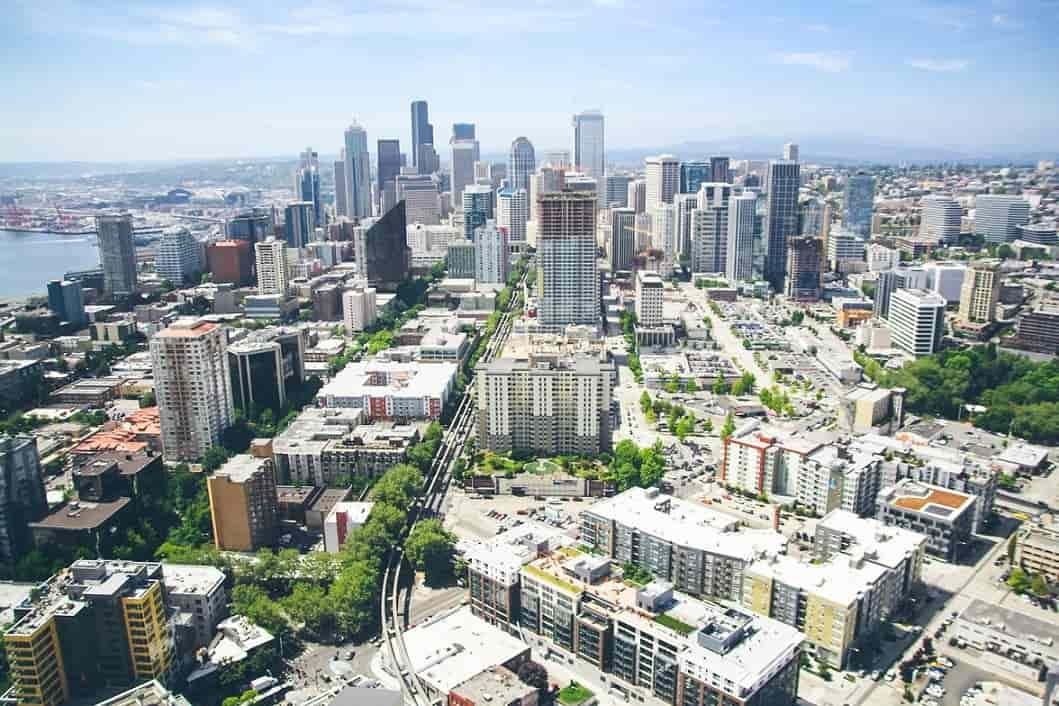Message sent successfully
Social engagement
Smart Access in the Cities of the Future

At the end of the last century, books and films led us to imagine a future full of lights, robots and flying cars. Reality has implemented some of these ideas from writers, screenwriters and cinematographers, but the majority of them still remain in the collective imagination.
Cities have been transformed. The new urban projects support wide pavements, promoting the transit of electric cars, bicycles and pedestrians, and designing common areas with large green spaces for the use and enjoyment of the citizens.
With the idea of being at the forefront of technology and making cities as modern as possible, governments work to include technology in many areas, both inside and out. Automation is a part of this revolution.
Automation in Smart Cities
Traffic lights that function by movement sensors, vehicles that brake before an obstacle, scooters that are activated by a QR code, street lamps that turn on an off depending on the amount of sunlight there is, sprinklers that spray more or less water depending on atmospheric humidity… These are some of the many innovations we find in smart cities.
Automating accesses also improves the value of streets and buildings. It is common to see bollards that go up and down in streets when they are activated, so that cars can access a specific restricted area. Access control are also often found at urban train and metro stations.
Also, turnstiles and automatic accesses in parks and gardens can be installed to prevent access during specific times, for example, at night. They can be remotely activated without the need for staff on site.
This automation helps to improve the quality of life of the citizens thanks to big data. The large amount of non-personal data that local governments can compile and combine with safety parameters is enormous. And that benefits the people that live in smart cities.
